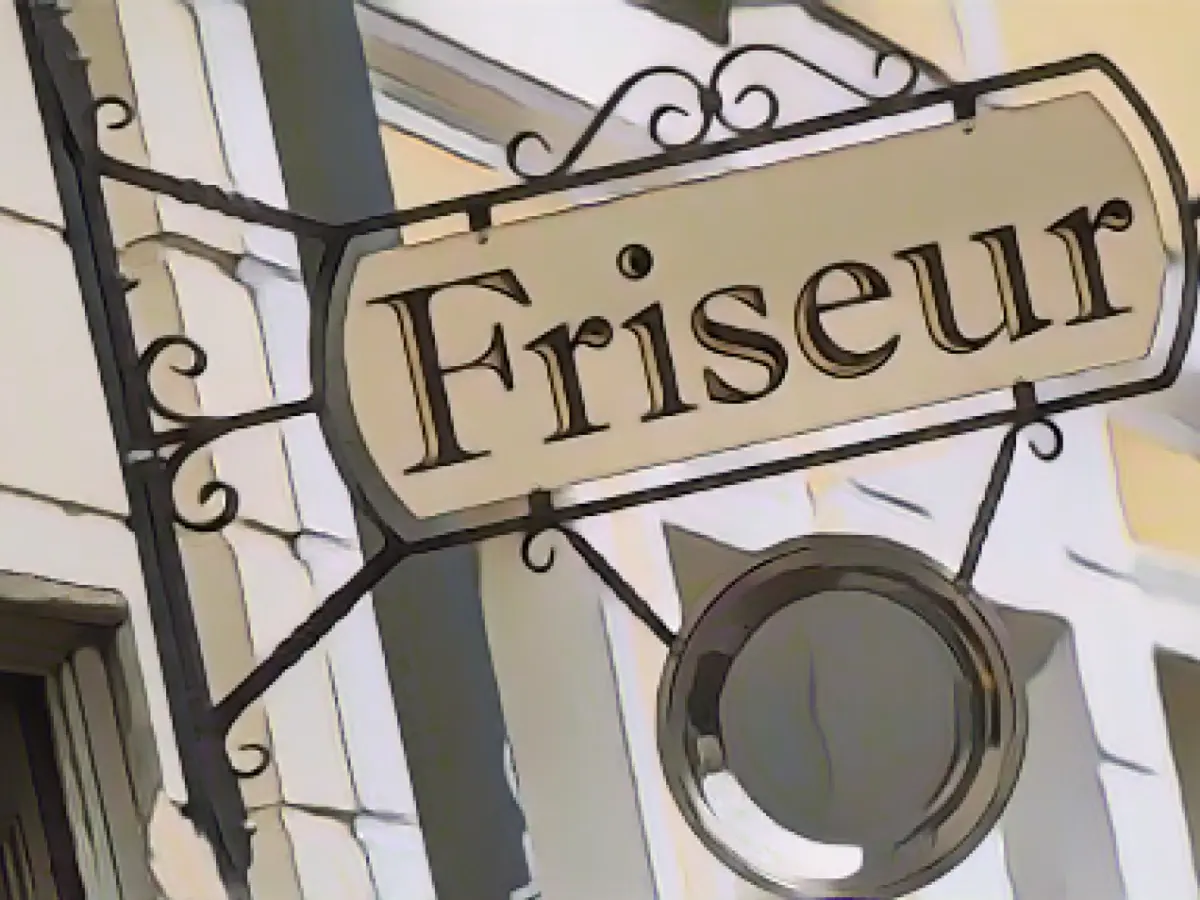Hairdressers in Magdeburg Plea for Lower VAT Rates
In a bold move, the Magdeburg Chamber of Crafts has urged the government to lower the Value-Added Tax (VAT) rate for hairdressing services from a hefty 19% to a more manageable 7%. This call comes as a result of soaring operational costs, including skyrocketing energy and material prices, as well as increased wage expenses. According to their plenary assembly, these burdens are drastically reducing the profitability of hairdressing businesses and potentially threatening their existence.
As of late September, the Magdeburg chamber district boasts 957 registered hairdressing businesses. These businesses are not only training 122 apprentices but also employing approximately 2,000 people. The Magdeburg Chamber of Crafts is home to a whopping 11,300 craft businesses and over 63,000 employees in the Saxony-Anhalt area.
So, why the need for lower VAT rates?
High overheads, mainly escalating energy and material prices, as well as wage inflation, are causing substantial financial strain for hairdressing businesses in Saxony-Anhalt. As customers grapple with inflation, they're opting for cheaper alternatives, such as drugstore products, and visiting hairdressers less frequently.
The Chamber of Crafts believes that lowering the VAT rate could help alleviate operating costs and boost profitability, enabling hairdressing businesses to weather the storm of inflation and retain their customer base.
Other advantages of reduced VAT rates
- Competitive edge: Lower VAT rates could make local hairdressing services more attractive compared to competitors with higher VAT rates, potentially leading to increased customer volume.
- Boost to economies: Lower prices may encourage increased consumer spending on hairdressing services, leading to better turnover and financial health for businesses.
- Job creation: Greater profitability made possible by lower VAT rates might enable hairdressing businesses to hire more staff, fostering employment opportunities and job security.
Considerations
While reduced VAT rates could bring numerous advantages, it's essential to weigh potential challenges too:
- Administrative complexities: Implementing a new VAT rate might require additional administrative resources from businesses.
- Government revenue impact: A reduction in VAT rates could result in lower government revenue, which might necessitate adjustments to other fiscal policies.
In conclusion, slashing the VAT rate for hairdressing services by 12% could provide substantial benefits for hairdressing businesses in Saxony-Anhalt, such as improved profitability and a more competitive landscape. However, careful consideration is necessary to ensure that any changes are implemented effectively to maximize benefits.






